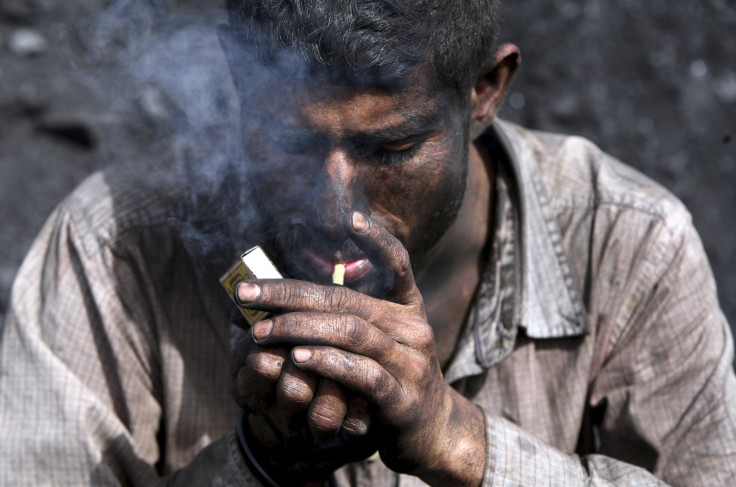Indian Politician Under Fire For Suggesting No Link Exists Between Tobacco Use And Cancer

The head of an Indian parliamentary panel examining the provisions of an act regulating the sale of tobacco and associated products has come under fire for suggesting that there is a need to re-examine the health effects of tobacco use on the Indian population before framing policies against it, according to local media reports.
“All agree on the harmful effects of tobacco. But there is no Indian survey report to prove that tobacco consumption leads to cancer. All the studies are done abroad,” Dilip Gandhi, who heads a parliamentary committee examining the provisions of Cigarettes and Other Tobacco Products Act, reportedly said on Monday, adding that there is a need to conduct a study in the “Indian context.”
The committee also recommended that the government defer a proposed amendment to a law necessitating tobacco manufacturers to increase the size of pictorial warnings to 85 percent of tobacco packets from the current 45 percent, according to media reports. Although the recommendations of the panel are not binding on the government, an April 1 deadline to implement the move is likely to be deferred.
The panel also cited “adverse impacts” on the livelihoods of people employed by the tobacco industry as a reason for its recommendations. However, several anti-tobacco activists reportedly labeled it a “smoke screen” created to protect the interests of the tobacco industry.
“In a country like ours, where a large section of the population cannot read or write and more users are coming on board, pictorial warnings are the need of the hour,” Bhavna Mukhopadhyay, executive director of the Voluntary Health Association of India, a New Delhi-based nonprofit, reportedly said.
According to a 2013 study by the International Tobacco Control Project, India has nearly 275 million tobacco users and could account for nearly 1.5 million tobacco-related deaths annually by 2020. Currently, India also has one of the highest rates of oral cancer, directly attributable to chewing and smoking tobacco. As a result, tobacco use and associated health disorders cost the Indian government nearly $17 billion annually, according to a report released jointly by the World Health Organization and the Indian health ministry last year.
“It is shocking that a senior MP (Member of Parliament) is so poorly informed about the facts pertaining to harmful effects of tobacco,” Pankaj Chaturvedi, a Mumbai-based doctor and an anti-tobacco activist, said, according to a report by the Times of India, a local newspaper. “Industries all over the world have admitted that their product is harmful, therefore they agreed to adopt pack warning as part of their manufacturer liability. In fact, tobacco is the only consumer product that kills every third consumer.”
© Copyright IBTimes 2024. All rights reserved.












